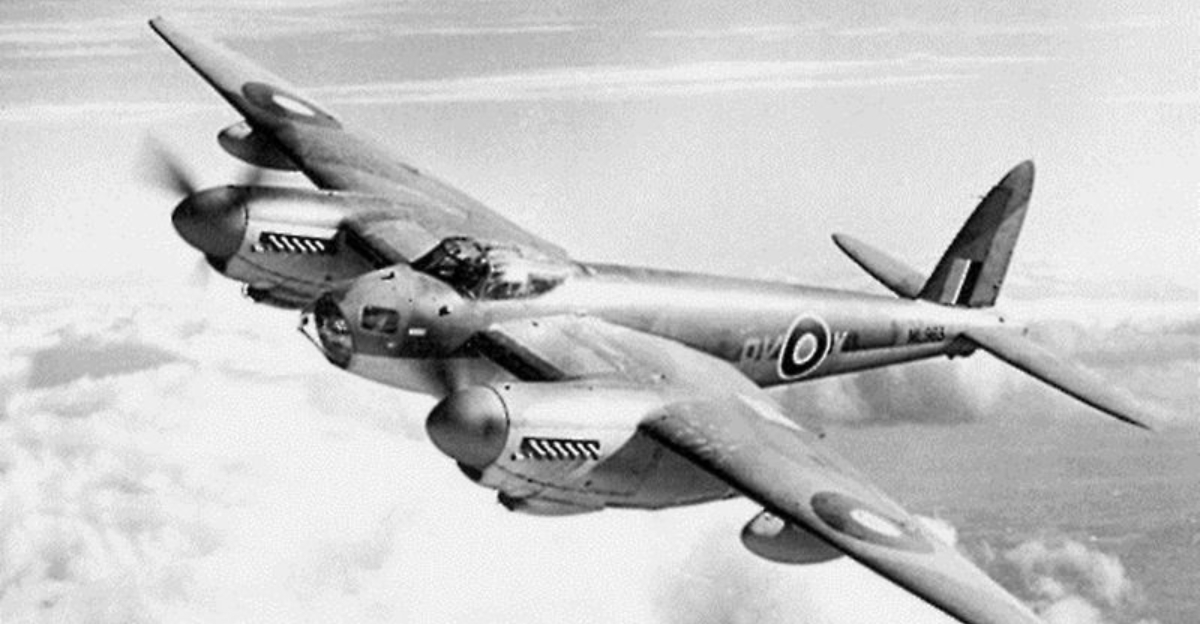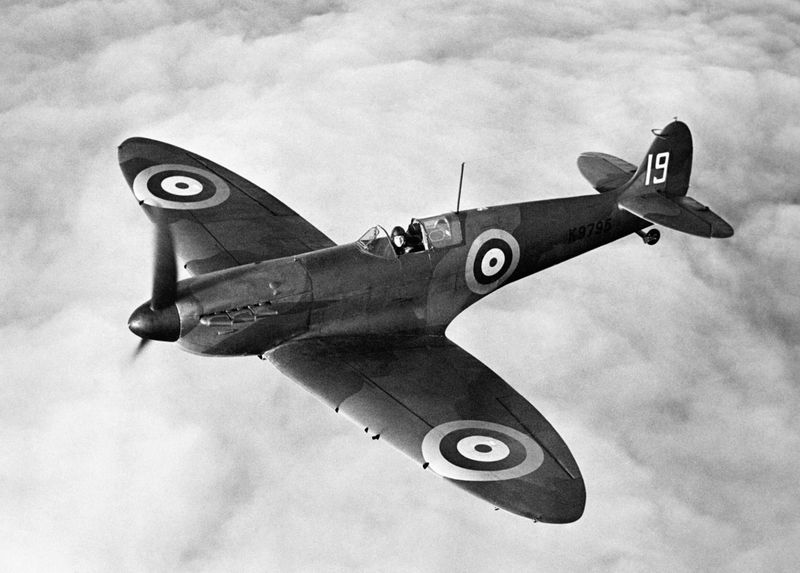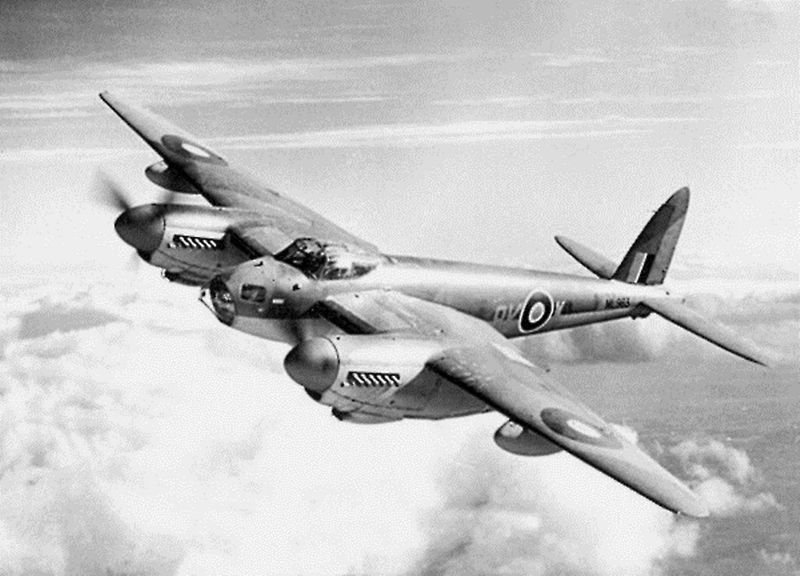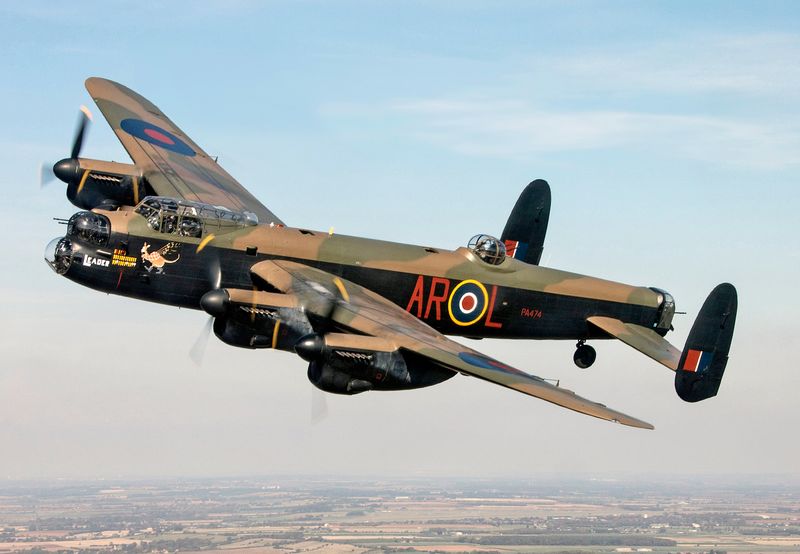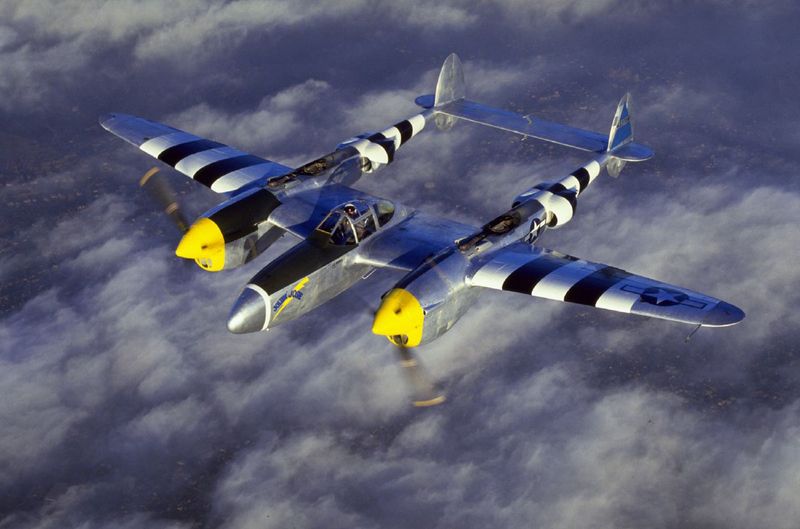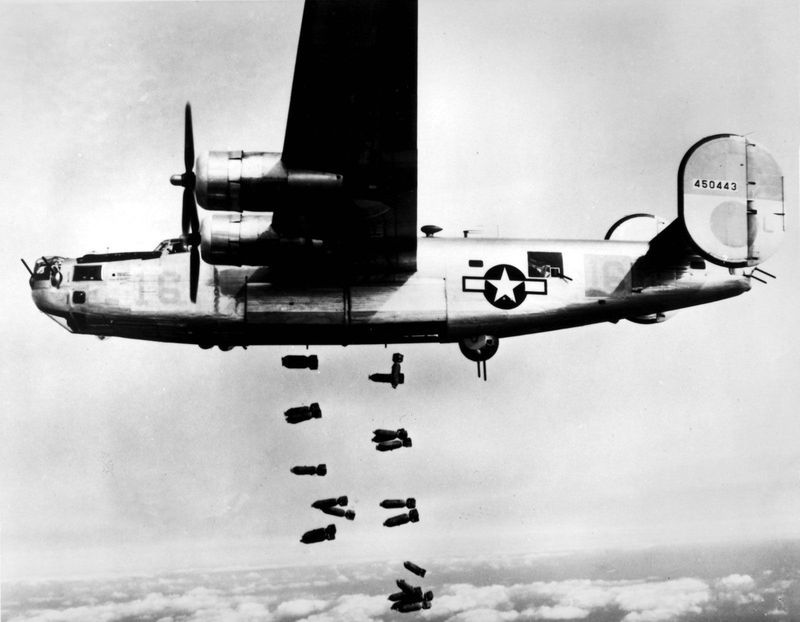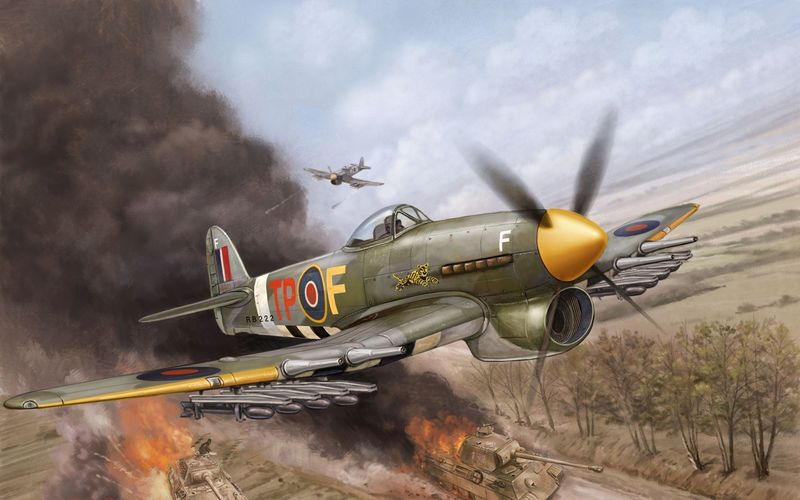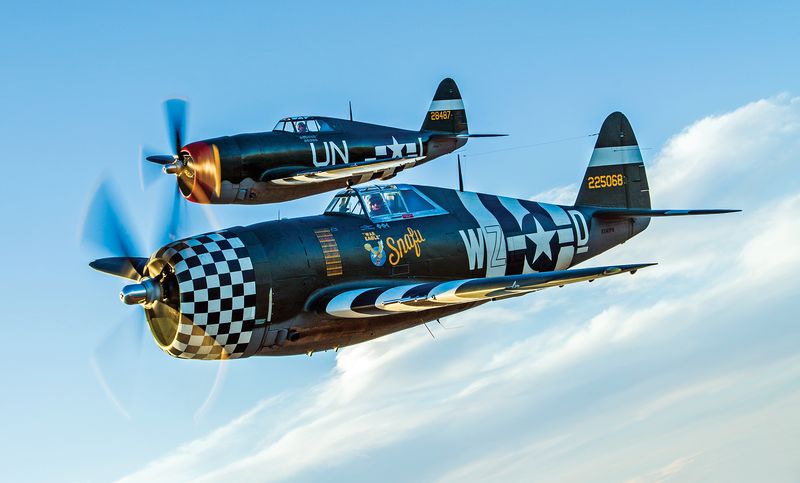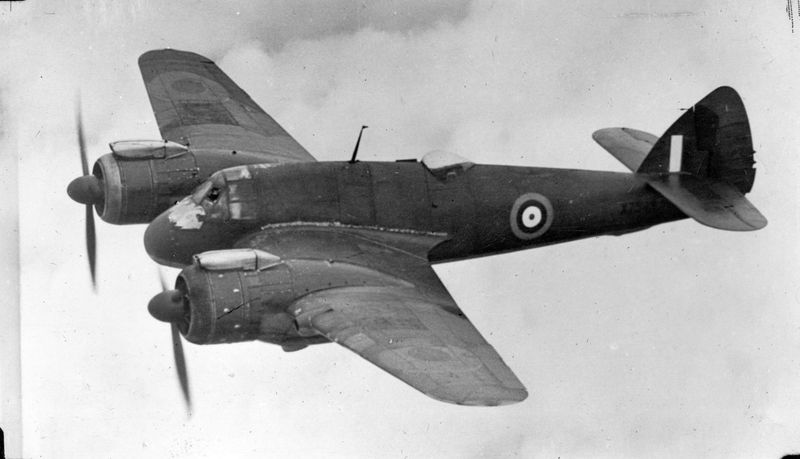When it came to World War II, control of the skies was often the deciding factor. The Allied forces developed some of the most innovative and fearsome aircraft in history—many of which struck terror into the hearts of Nazi commanders. These weren’t just planes—they were nightmares with wings. From bombers that reduced cities to rubble to fighters so fast the Luftwaffe couldn’t touch them, here are 11 Allied warplanes that left Hitler scrambling.
1. Supermarine Spitfire
With its signature elliptical wings, the Supermarine Spitfire became a symbol of defiance during the Battle of Britain. This agile fighter, beloved by its pilots for its exceptional handling, took on the formidable Messerschmitt Bf 109. Its engine’s roar became synonymous with British resilience. The Spitfire’s impact extended beyond air combat; it inspired a nation to hold its ground. Famed for quick takeoffs and impressive speed, it was a key player in ensuring the skies remained free from Nazi control. A historic emblem of courage, the Spitfire’s legacy endures.
2. B-17 Flying Fortress
Dubbed the “Flying Fortress,” the B-17 was a masterpiece of wartime engineering. With its robust design and formidable armaments, it could withstand significant damage and still complete missions. This four-engine bomber became a crucial asset, raining destruction on Nazi war factories and supply lines. Its crews braved intense anti-aircraft fire, earning the reputation of unsung heroes. The B-17’s strategic bombing capabilities were pivotal in crippling enemy infrastructure, dealing devastating blows to German morale. A marvel of aerial warfare, it was a sky beast that redefined aerial bombardment.
3. De Havilland Mosquito
Nicknamed “The Wooden Wonder,” the De Havilland Mosquito was a marvel of wartime innovation. Constructed mostly from wood, it was incredibly fast and agile, making it elusive to enemy fighters. Its diverse roles ranged from bomber to reconnaissance, excelling in all. The Mosquito executed precision raids with surgical accuracy, often outpacing German interceptors. Its speed and versatility made it a formidable asset, leaving adversaries scrambling. Pilots praised its responsiveness and reliability. In a war dominated by steel and fire, the Mosquito’s wooden frame was a surprising victor of the skies.
4. P-51 Mustang
The P-51 Mustang revolutionized aerial warfare with its extended range and superior speed. Known for its iconic red tail, it became the protector of bombers, ensuring safe passage over enemy territory. This American fighter’s arrival marked a turning point, as it engaged Luftwaffe aircraft with confidence. Its powerful engine and aerodynamic design made it a formidable opponent. Pilots relished its agility and firepower, while adversaries feared its presence. The Mustang’s contribution was crucial in establishing air superiority, earning it a legendary status among WWII aircraft and a place in aviation history.
5. Avro Lancaster
The Avro Lancaster was the backbone of Britain’s strategic bombing campaign. Famous for its role in the Dambusters Raid, it carried massive bomb loads into enemy heartlands. Its night raids were particularly devastating, shattering Nazi infrastructure and war production. Crews respected its reliability and payload capacity, knowing each mission struck a critical blow. The Lancaster’s contribution was pivotal, delivering destruction with relentless precision. Known for its distinctive silhouette, it became a night-time nemesis for the Axis powers. An enduring symbol of British ingenuity, the Lancaster’s legacy is one of power and precision.
6. P-38 Lightning
With its unique twin-boom design, the P-38 Lightning was an American marvel of innovation. This versatile aircraft excelled in roles from fighter to reconnaissance, even playing a part in the Pacific theater’s turning point. Known as the “Fork-Tailed Devil,” it struck fear into the hearts of enemy pilots. Its speed and firepower made it a formidable adversary. The P-38’s impressive range allowed it to escort bombers deep into enemy territory, ensuring mission success. A symbol of American ingenuity, it remained a beloved aircraft among its pilots and a feared opponent for its enemies.
7. B-24 Liberator
The B-24 Liberator was an unsung hero of the Allied bombing campaign. Known for its long range and heavy payload, it was a workhorse that delivered relentless bombings across Europe. Its missions spanned every theater, contributing significantly to the war effort. Crews appreciated its versatility and capacity, making it a vital tool in the aerial offensive. Despite lacking the fame of the B-17, the B-24’s impact was profound, bringing sustained pressure on Nazi defenses. Its presence in the skies was a constant reminder of Allied resolve and the relentless march towards victory.
8. Hawker Typhoon
Originally designed as a fighter, the Hawker Typhoon found its true calling in ground-attack missions. Its sturdy frame and powerful engine made it an excellent tank-buster, feared by German armor. Over the Normandy landscape, it unleashed rockets and cannon fire, decimating enemy convoys. Pilots praised its ruggedness and ability to deliver punishing ground attacks. The Typhoon became a symbol of Allied air support, providing crucial assistance to ground troops. Its role in dismantling German defenses was vital, earning it a place in history as a formidable airborne asset.
9. B-25 Mitchell
The B-25 Mitchell gained fame with the Doolittle Raid, but its contributions in Europe were equally significant. This versatile bomber was adept at low-level attacks, striking fear into Axis forces. Its agility allowed it to navigate challenging terrains and hit tactical targets with precision. Crews valued its reliability and versatility, making it a favored choice for varied missions. The Mitchell’s presence in the skies was a strategic asset, disrupting enemy operations and providing crucial support. It remains celebrated for its role in one of the war’s boldest bombing raids and its continued service across theaters.
10. P-47 Thunderbolt
The P-47 Thunderbolt, affectionately dubbed “The Jug,” was a powerhouse of aerial combat. Known for its rugged build and formidable firepower, it excelled in both air and ground attacks. This fighter was a key player in softening enemy defenses, providing vital air support. Pilots admired its ability to absorb damage and return fire. The Thunderbolt’s presence on the battlefield was a morale booster for Allied troops, knowing it could deliver decisive blows. Its thunderous arrival often spelled trouble for enemy forces. An enduring symbol of might, the Thunderbolt’s legacy is one of resilience and power.
11. Bristol Beaufighter
The Bristol Beaufighter was a silent predator of the night skies. Renowned for its stealth and firepower, it excelled in night combat and anti-shipping roles. Its whisper-quiet engines allowed it to approach targets undetected, striking with devastating effect. Pilots relied on its firepower to dismantle enemy convoys and shipping lanes. The Beaufighter’s presence was a constant threat to Axis forces, its nocturnal raids wreaking havoc. A testament to British engineering, it combined speed and stealth, earning a fearsome reputation. The Beaufighter’s legacy is one of surprise and precision, a true shadow in the night.
